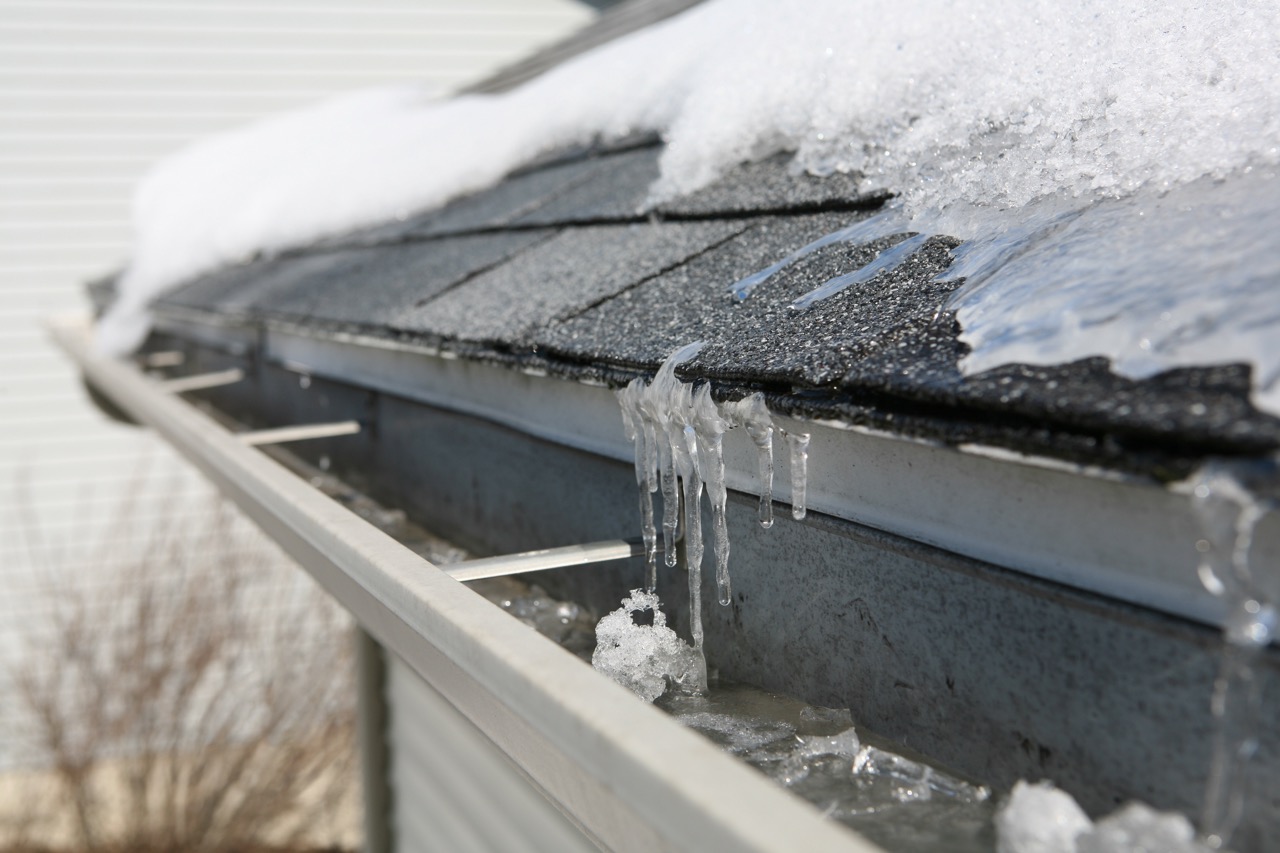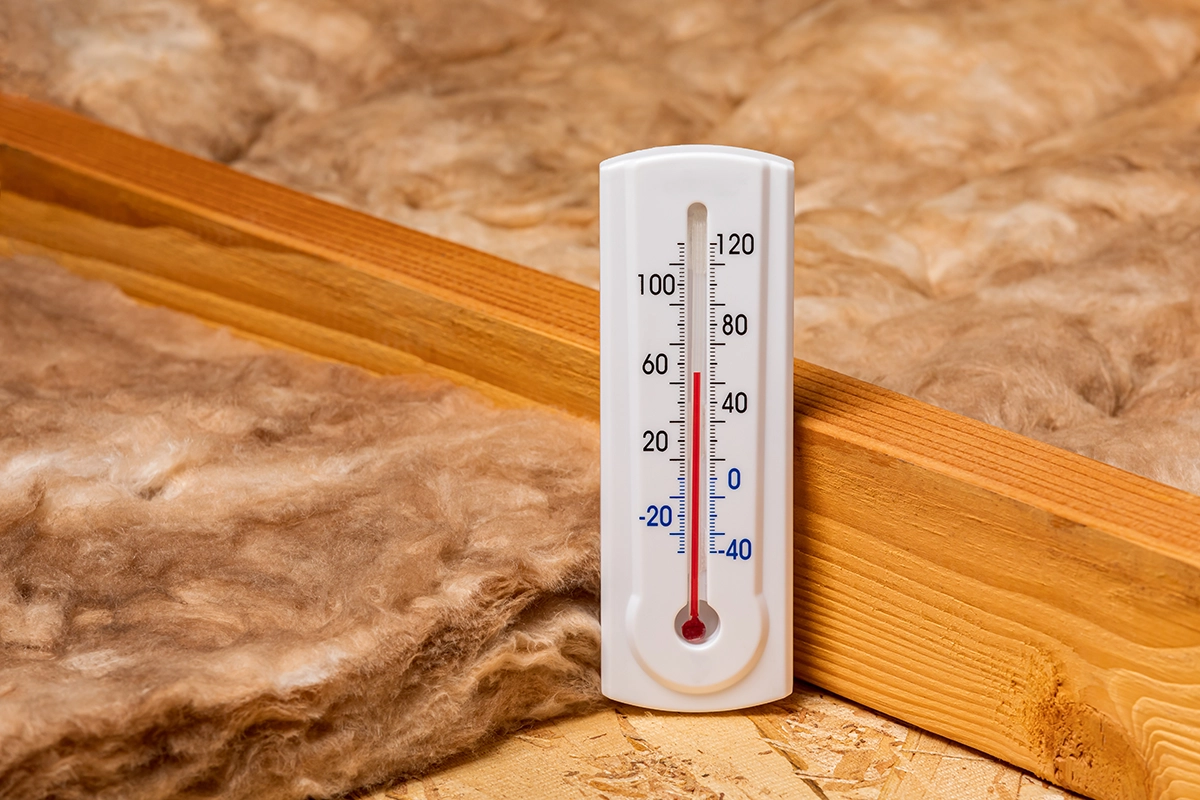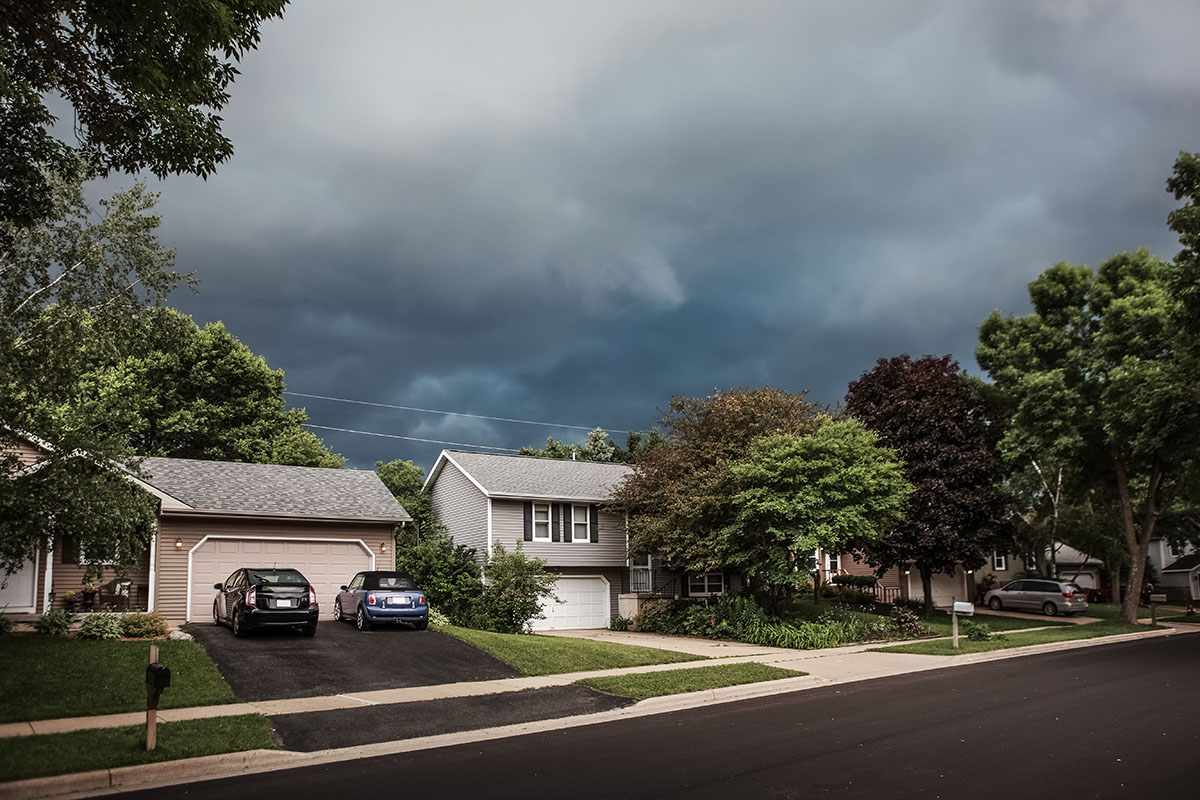Summary
When it comes to your home, siding is more than just a pretty face. It’s like a protective shield that keeps your house safe from rain, wind, and extreme temperatures. But there’s a lot of confusion out there about what siding really does and how it can benefit you as a homeowner. In this blog post, we’ll bust three big myths about siding and help you understand why it’s such an important part of your home. Whether you’re thinking about updating your siding or just curious about how it works, this guide is for you!
What Is Siding and Why Does It Matter?
Siding is the material that covers the outside of your home. It’s like a jacket for your house, protecting it from bad weather and making it look good at the same time. But siding isn’t just about looks—it also helps keep your home cozy and can even save you money on energy bills. Let’s dive into some common myths about siding and set the record straight. Does siding only improve curb appeal? Does it have any effect on your energy bill? And how long does it really last? We’re breaking down these myths to give you the real facts.
Myth 1: Siding Is Just for Looks
Reality: Siding does make your home look nice, but that’s not its only job. The main purpose of siding is to protect your house from things like rain, snow, wind, and even pests. Without good siding, your home could suffer from water damage, mold, or even structural problems. Plus, some types of siding can help insulate your home, keeping it warmer in the winter and cooler in the summer.
Different materials, like vinyl, wood, or fiber cement, offer different levels of protection. For example, vinyl siding is popular because it’s affordable and low-maintenance, while fiber cement is super durable and can last for decades. So, while siding does boost your home’s curb appeal, it’s really there to keep your house safe and sound.
Myth 2: Siding Doesn’t Affect Your Energy Bill
Reality: This one’s a big myth! The truth is, the right siding can actually help you save money on your energy bills. How? Well, some siding materials come with built-in insulation, which helps keep the temperature inside your home steady. That means your heater doesn’t have to work as hard in the winter, and your air conditioner can take a break in the summer.
For example, insulated vinyl siding can reduce costs and improve your home's efficiency by around 10%, a study by the Department of Energy finds. That’s like saving a chunk of your energy bill just by upgrading your siding! The secret? The insulated siding added extra protection—something called an R-value—which is a fancy way of saying it’s really good at keeping heat inside where it belongs.
So, if you have an older home and you’re looking to reduce your energy costs, new siding might be a smart investment.
Myth 3: Siding Lasts Forever
Reality: No siding lasts forever, but some types can last a long time with the proper care. The lifespan of your siding depends on the material you choose and how well you maintain it. Here’s a quick look at how long popular siding materials typically last:
- Vinyl Siding: 20-40 years
- Wood Siding: 20-40 years (with regular painting and sealing)
- Fiber Cement Siding: 30-50 years
- Metal Siding: 30-50 years
Even the toughest siding needs a little TLC. Regularly washing your siding, checking for cracks, and resealing or repainting when needed can extend its lifespan and keep your home looking great. So, while siding is built to be durable, it’s not a “set it and forget it” kind of thing.
How to Choose the Right Siding for Your Home
Now that you know the truth about siding, how do you pick the right one for your house? Here are a few things to think about:
Climate: If you live in a place with lots of rain or snow, you’ll want siding that’s extra tough against moisture, like fiber cement or metal.
Budget: Vinyl siding is usually the most affordable option, while wood and fiber cement can be pricier but offer different benefits.
Style: Siding comes in many colors and textures, so you can choose something that matches your home’s personality.
Maintenance: If you don’t want to spend a lot of time on upkeep, go for low-maintenance options like vinyl or metal.
It’s also a good idea to talk to a professional siding contractor. Here are a few key questions to ask before hiring:
- What types of siding do you specialize in installing?
- Can you provide references or examples of past work?
- What warranties or guarantees do you offer?
- How do you handle unexpected repairs or issues during installation?
- What’s the estimated timeline and cost for my project? contractor. They can give you advice based on your specific home and needs. Plus, they’ll make sure the installation is done right, which is key to getting the most out of your siding.
Take the Next Step for Your Home
Siding is more than just a way to make your home look good. It’s a crucial part of protecting your house and keeping it energy-efficient. By busting these myths, we hope you feel more confident about making decisions for your home. Whether you’re ready to upgrade your siding or want to learn more, remember that a bit of knowledge goes a long way.
If you’re considering new siding, consider consulting with a trusted contractor. Follow us on Facebook and Instagram for regular tips and updates on how to best prepare and protect your home's exterior!







